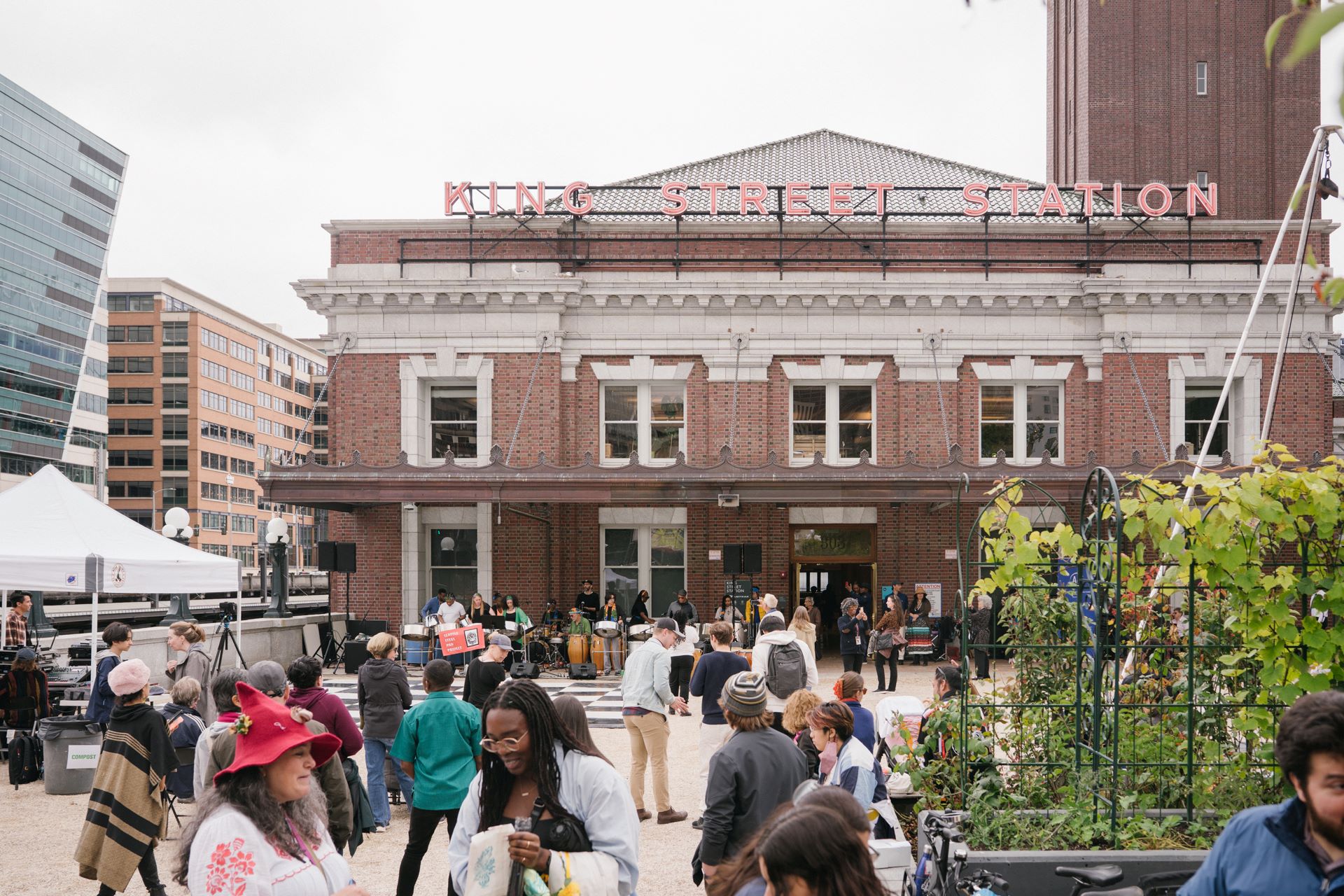By Dr. James R. Gore
Art can communicate cultural perspectives based on an artist’s experiences in society. A period in American history which expressed a unique cultural perspective was the Harlem Renaissance (1918-1937), where African American artists communicated their cultural worldview through artistic platforms of literature, poetry, visual arts, music, and photography. In 1925, an anthology entitled: The New Negro, edited by Dr. Alain Locke, consisting of literary works, essays and poetry expressed a new attitude for African Americans in the 20th Century.
Note: This article defines attitude as, manner, disposition, feeling, position, etc. with regard to a person or thing, tendency, or orientation, especially of the mind, (Dictionary.com).
One of the factors inspiring African American artists to express their self-defining perspectives of life in America was the Great Migration (1916 – 1970), an African American exodus from agricultural Southern states to industrial cities in America’s Northern and Western states. In addition, many African Americans who fought in World War I, discovered the racial bias they experienced in America was not common in Europe.
Artists of the Harlem Renaissance including Langston Hughes, Zora Neale Hurston, James Weldon Johnson, and Claude McKay received widespread recognition in America and Europe. Reflecting the attitude of the Harlem Renaissance, its most well-known poet, Langston Hughes, was inspired by Jazz and its increasing popularity in American popular culture defined as, The Jazz Age. Hughes’ poem entitled: Jazzonia which was one of his contributions to the anthology: The New Negro, illustrated the new African American transformation of an urbane lifestyle in the city:
Jazzonia
Oh, silver tree!
Oh, shining rivers of this soul!
In a Harlem cabaret
Six long-headed jazzers play.
A dancing girl whose eyes are bold
Lift high a dress of silken gold.
Oh, singing tree!
Oh, shining rivers of the soul!
Were Eve’s eyes
In the first garden
Just a bit too bold?
Was Cleopatra gorgeous
In a gown of gold?
Oh, shining tree!
Oh, silver river of the soul!
In a whirling cabaret
Six long-headed jazzers play.
Oh, silver tree!
Oh, shining rivers of this soul!
In a Harlem cabaret
Six long-headed jazzers play.
(Hughes, L. (1925). Jazzonia. In A. Locke (Ed.), The New Negro (p.226). New York, New York: Albert and Charles Boni, Inc.).
Artists of the Harlem Renaissance influence continues for over a century. Their perspectives on race, gender and humanity were revolutionary with national and international impact; however, the Harlem Renaissance evolved from the African American cultural experience to become one of Western Civilizations most epic artistic periods!


